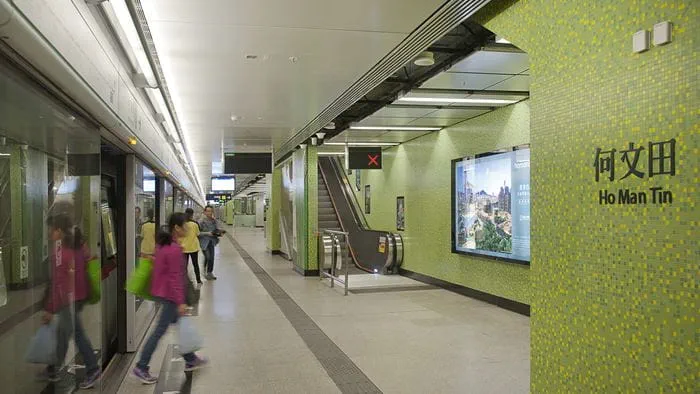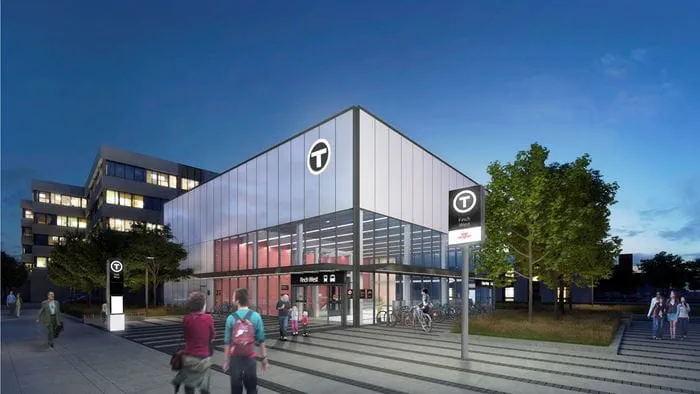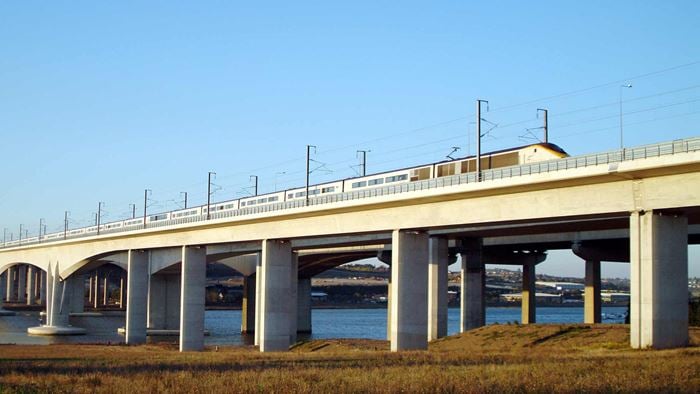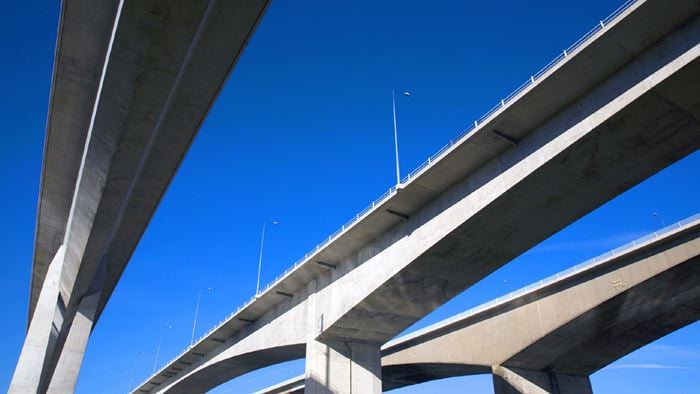The Light Rapid Transit (LRT) Seac Pai Van (SPV) Line is an important addition to Macau’s public transport system. It serves as an efficient and sustainable solution for addressing traffic congestion in line with the government’s environmental sustainable strategy.
The SPV Line consists of 1.3km viaducts and two elevated stations, providing a crucial link between the existing Taipa Line at Rotunda Flor de Lotus to the northern part of Coloane Island via Estrada Do Istmo, the extension of the Cotai Strip to the south.
This connection will serve the needs arising from the SPV public housing of around 10,000 households, private developments in northern Coloane, various new recreational facilities at Cotai and the new Islands Hospital.
Following the successful delivery of a feasibility study, Arup was commissioned to work on the detailed design of this strategic link, providing total design services. Our scope covers rail alignment, architecture, station planning, building envelop and materials, civil, structural, geotechnical and bridge engineering, constructability, programme and project management, drainage, MEP, fire, system safety, transport consulting, environmental consulting, landscape design, tree management and cost estimation.
Project Summary
2 elevated stations
1interchange platform
1.3kmviaducts with a 300m footbridge system
Improving connectivity and integration
The LRT system will be the core public transport system of Macau. As the consultant for the detailed design, Arup has further developed and enhanced the initial design from the feasibility study, and prepared the necessary tender documentation for construction.
To improve the connectivity and integration, the station entrances are precisely positioned. Two footbridges, with a total length of 300m, are designed to link the new LRT stations to Islands Hospital and the SPV Public Housing Development.
The design has also taken into consideration the future extension of the rail service to Coloane, allowing for seamless expansion of the LRT system as needed.
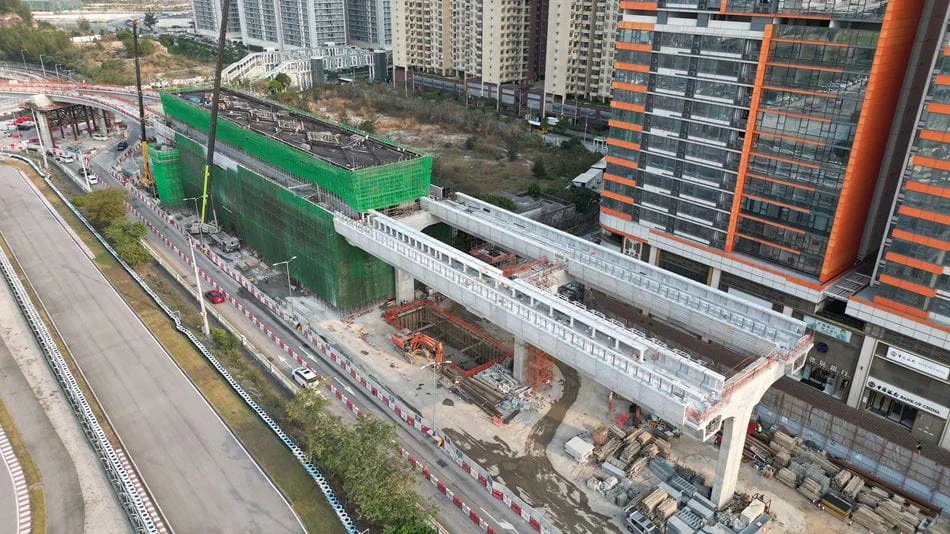
Ensuring comfort and wellness
The stations are specifically designed to incorporate environmentally sustainable architecture in order to create a better commuting experience for passengers and ensure their comfort and wellness.
To achieve this, natural ventilation systems have been implemented to optimise airflow through a cross-ventilation strategy, thus reducing energy consumption and minimising the carbon footprint of the new LRT system. The architectural design also helps to prevent hot summer heat from penetrating the station interior, which mitigates excessive heat gain and offers sufficient daylight ingress, enhancing wellness of the station.
These strategies are effective in reducing the plantroom requirement, reliance on mechanical cooling and ventilation and the overall building footprint. This, in return, leads to lower construction costs and contributes to energy saving.
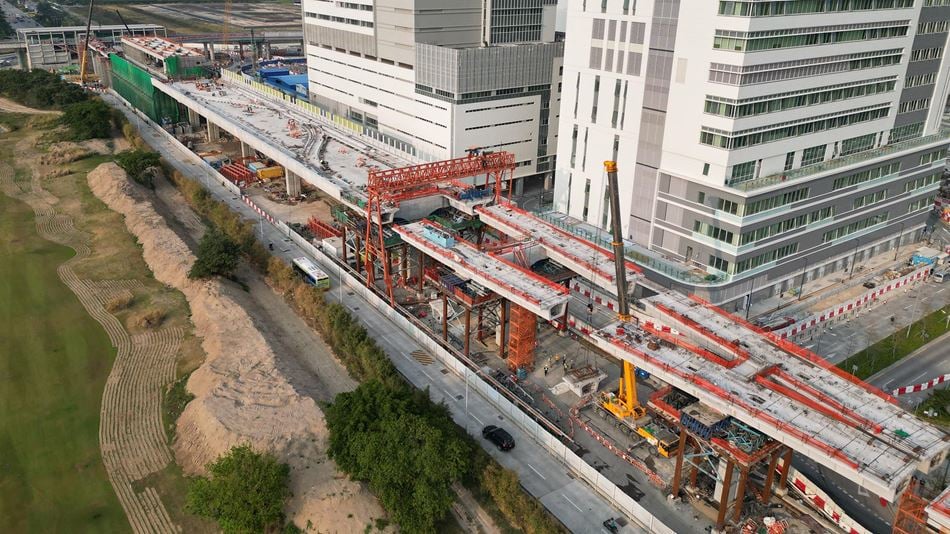
Designing for safety
The static smoke discharge system is an important safety feature, ensuring the safety of passengers in the event of a fire or emergency. The system is designed to quickly and efficiently remove smoke from the station, providing clear visibility and safe passage for passengers during an evacuation.
The construction of the interchange platform is located above the operating LRT. In addition, the two new stations and viaducts are being constructed along the central median of the trunk road, crossing two roundabouts. The construction method and sequence, as well as the temporary traffic management scheme, are cautiously developed and planned to ensure the safety of both rail operations and road users.
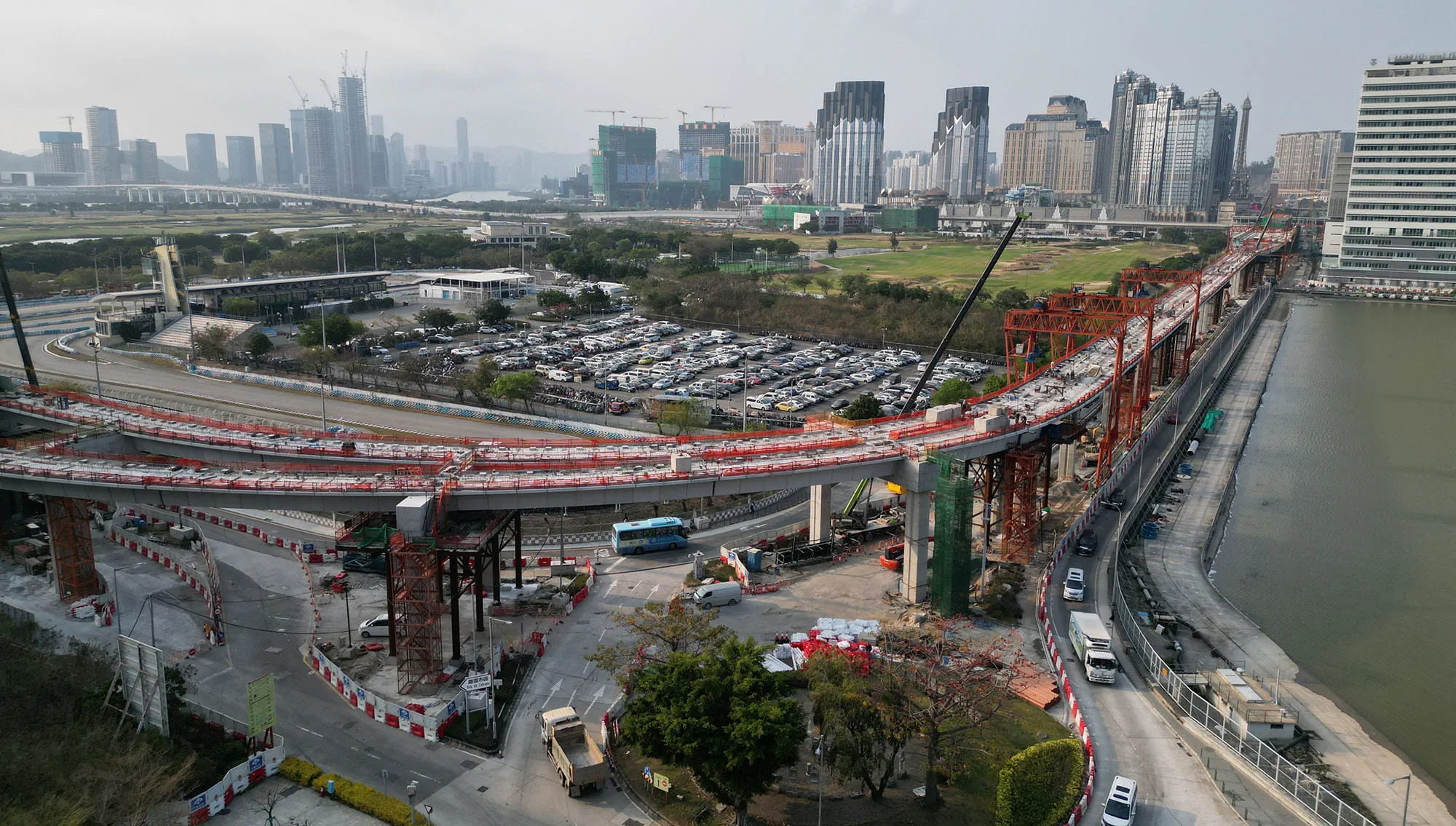 ;
;

